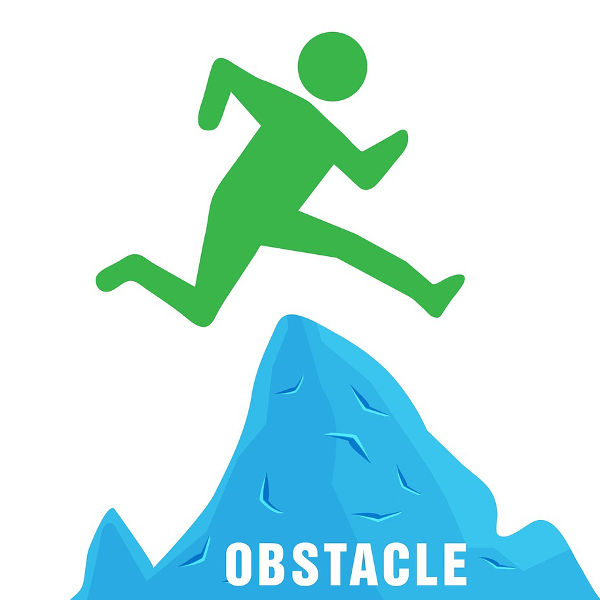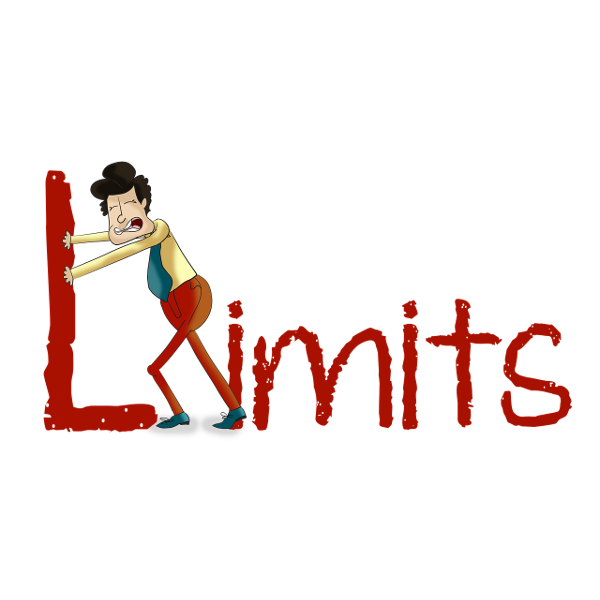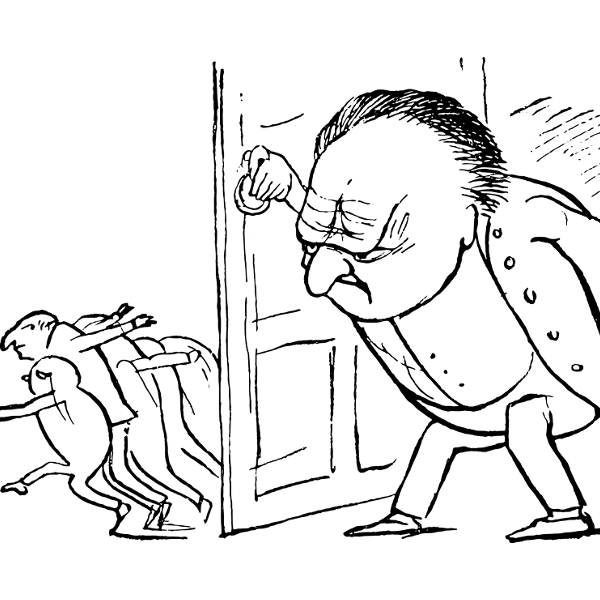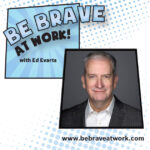
by Ed Evarts | Mar 31, 2020 | Accessibility
Below are some typical hurdles to accessibility and suggestions for improving them in your organization and industry. I am generally at my desk more than I am away from my desk. Find colleagues who seem to have figured it out. Talk with them about how they spend their...

by Ed Evarts | Mar 24, 2020 | Accessibility, Visibility and Value
Being Accessible does not mean you are available 24/7/52. We all have limits on the degree to which we can be reached by co-workers, and you should feel comfortable enforcing and expecting others to honor these limits. Can you be too successful at modeling accessible...

by Ed Evarts | Mar 19, 2020 | Accessibility, Visibility and Value
It is not enough that you are highly accessible to your colleagues; your colleagues must also benefit from the interaction. After all, if accessibility doesn’t benefit your colleagues, what’s the point? Low Access + Low Benefit. Due to your behavior, you...

by Ed Evarts | Mar 17, 2020 | Accessibility, Visibility and Value
Visibility is also comprised of “reputation” which is the intangible ways that individuals connect with you. Are you being welcoming to your colleagues and creating an atmosphere that reflects your desire to be accessible? When your colleagues come to see you, is your...

by Ed Evarts | Mar 12, 2020 | Accessibility, Visibility and Value
Visibility is comprised of “presence” which is the tangible ways that individuals connect with you. Here are a few ways to make sure it’s as easy as possible for colleagues to find you. Being Accessible for Your Colleagues Know where your office or...

by Ed Evarts | Mar 10, 2020 | Accessibility, Visibility and Value
Being readily accessible benefits everyone. Ram Reddy is the Chief Information Officer at The Rockport Group, offering high-quality dress and casual footwear to customers globally. Despite the daily challenges he faces in his busy workplace, Ram is committed to being...











